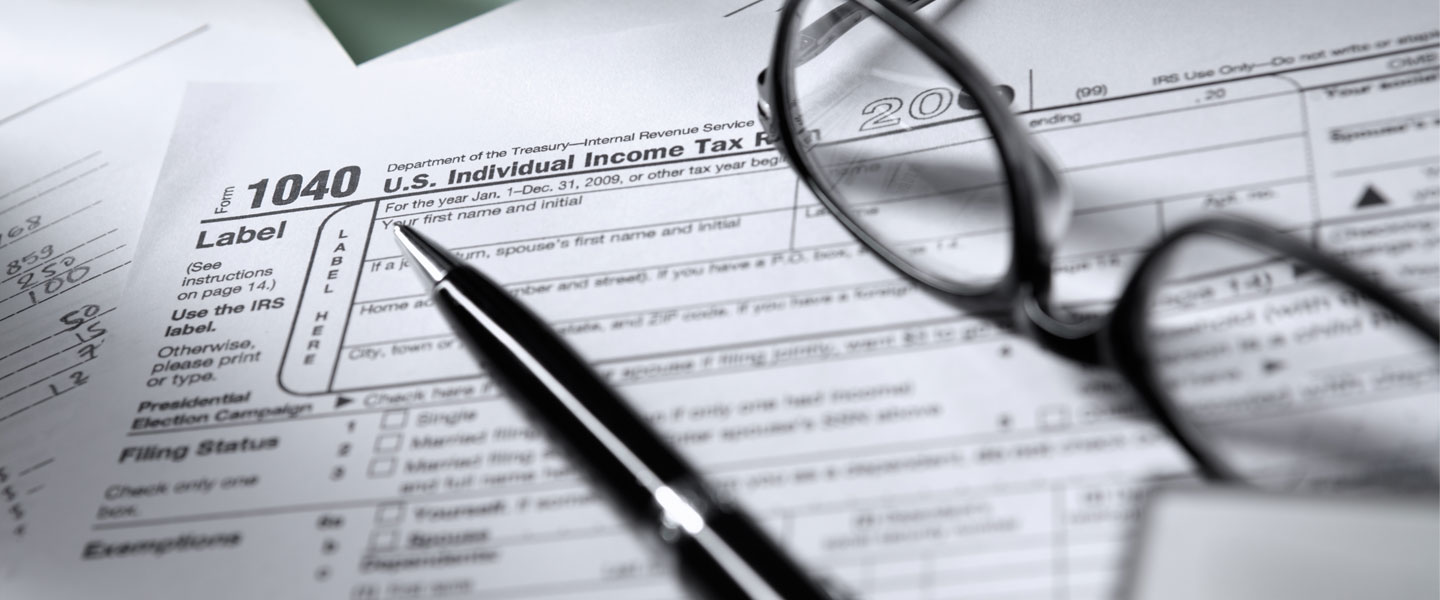Understand digital asset reporting and tax requirements
All taxpayers filing 2022 tax year Forms 1040 and 1040-SR must check a box indicating whether they received digital assets as a reward, award or payment for property or services or disposed of any digital asset
that was held as a capital asset through a sale, exchange or transfer.
Examples of digital assets transactions include:
- A sale of digital assets.
- The receipt of digital assets as payment for goods or services provided.
- The receipt or transfer of digital assets for free, without providing any consideration, that does not qualify as a bona fide gift.
- The receipt of new digital assets as a result of mining and staking activities.
- The receipt of new digital assets as a result of a hard fork.
- An exchange of digital assets for property, goods or services.
- An exchange or trade of digital assets for another digital asset(s).
- Any other disposition of a financial interest in digital assets.
Reporting digital assets transactions
- If the “yes” box is checked, taxpayers must report all income related to their digital asset transactions.
- Taxpayers should use Form 8949, Sales and other Dispositions of Capital Assets, to figure their capital gain or loss and report it on Schedule D (Form 1040), Capital Gains and Losses.
- If the transaction was a gift, they must file Form 709, United States Gift (and Generation-Skipping Transfer) Tax Return.
- If individuals received any digital assets as compensation for services or disposed of any digital assets they held for sale to customers in a trade or business, they must report the income as they would report other income of the same type. For example, they would report W-2 wages on Form 1040 or 1040-SR, line 1a, or inventory or services on Schedule C.
- The Instructions for Form 1040 and 1040-SR and the IRS Digital Assets page have more information.





